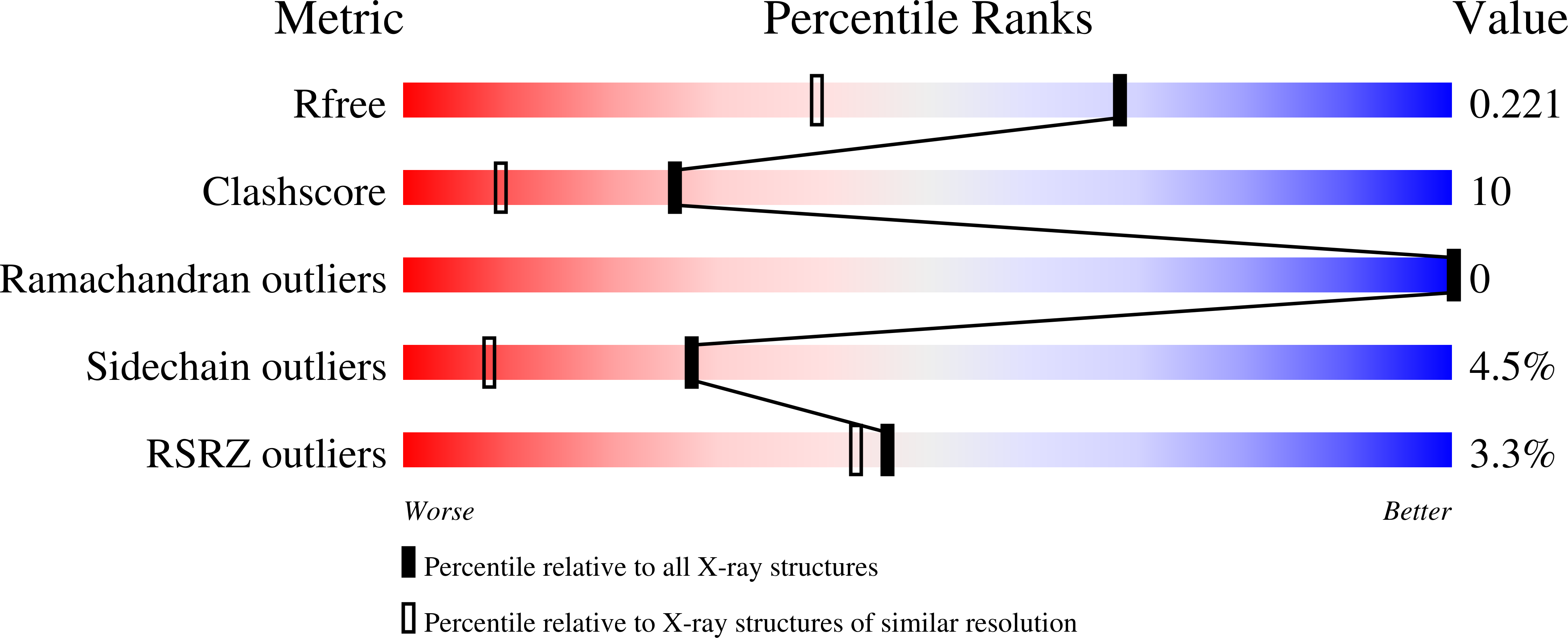
Deposition Date
2010-02-03
Release Date
2010-03-09
Last Version Date
2024-10-09
Entry Detail
PDB ID:
3LO1
Keywords:
Title:
Crystal structure of human alpha-defensin 1 (Y16A mutant)
Biological Source:
Method Details:
Experimental Method:
Resolution:
1.60 Å
R-Value Free:
0.22
R-Value Work:
0.18
R-Value Observed:
0.18
Space Group:
C 2 2 2


